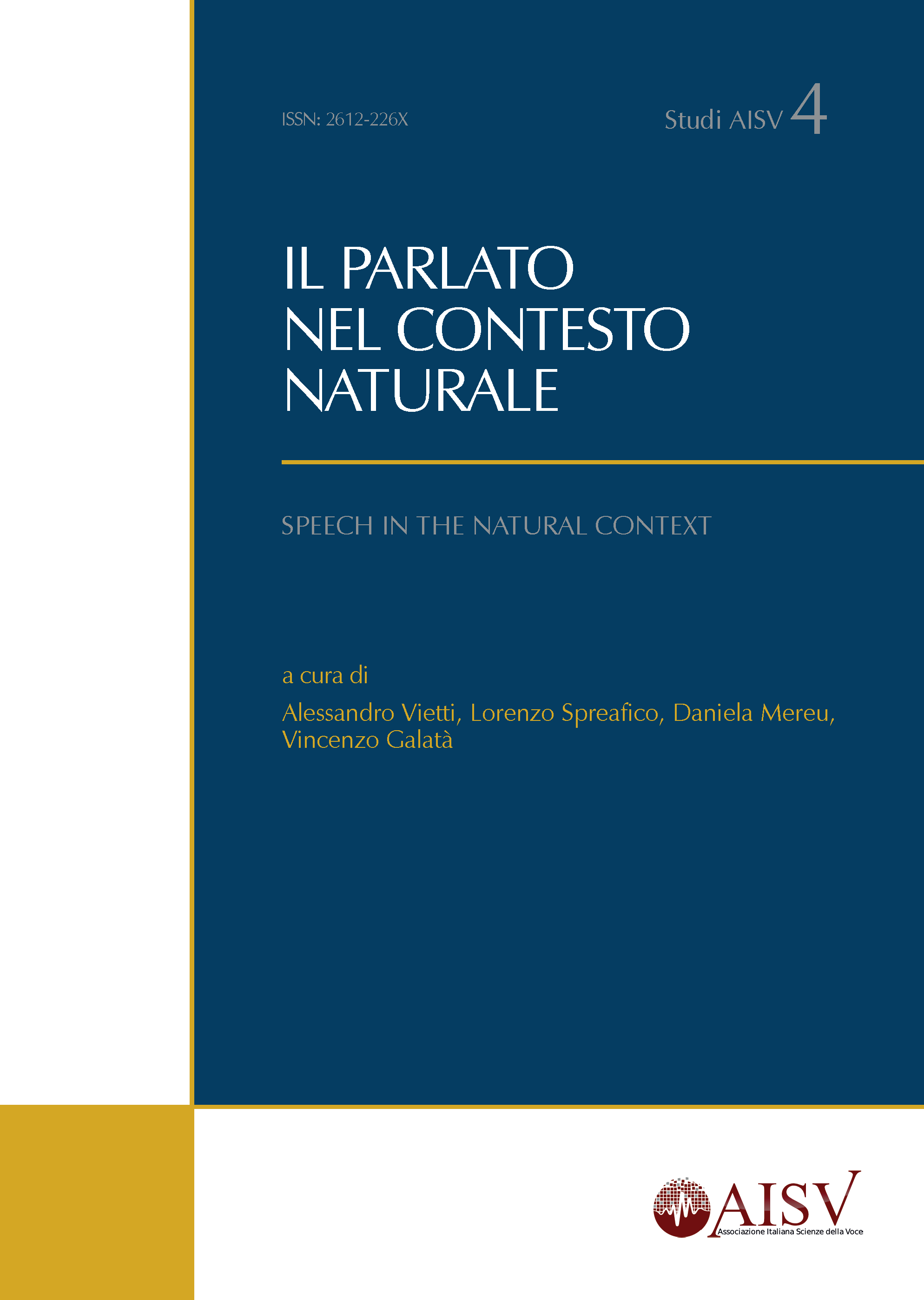Somewhere over the spectrum
Between robotic and singsongy intonation
DOI:
https://doi.org/10.17469/O2104AISV000010Keywords:
intonation, sing-song, robotic, pitch range, autism spectrum disorderAbstract
The impressionistic characterisation of intonation as “robotic” or “singsongy” is frequent in many phonetics-related fields, such as forensic linguistics, clinical linguistics, perceptual dialectology and language acquisition. Despite its potential for linguistics, however, the characterisation of intonation as flat or sing-songy remains ill-defined. With this contribution, we propose a dynamic characterisation of intonation, focussing on trajectories of fundamental frequency (F0) across time. We apply this method to the issue of intonation in adults with autism spectrum disorders (ASD), which has variously been reported to be both more singsongy and more robotic than the intonation of neurotypically developed speakers. Our results point to the impossibility of characterising the speech of adults with ASD as a single group, thereby offering an explanation for previous contradictory results and highlighting the importance of individual variability.
Downloads
Published
Issue
Section
License

This work is licensed under a Creative Commons Attribution-NonCommercial 4.0 International License.





